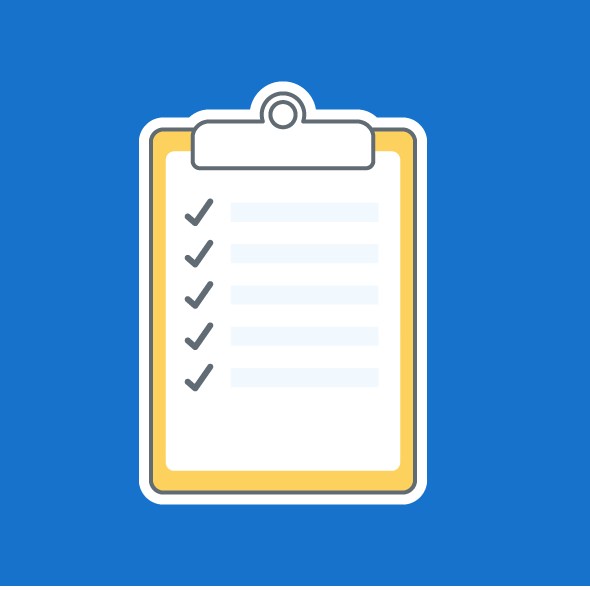Introduction
As a business owner or marketing executive, having an email list for your business is imperative. If you don’t control access to your prospects and clients, then you’re at the mercy of whoever does.
I’ve worked for international companies, large US based firms, small businesses, and mom-n-pop shops. More importantly, I’ve subscribed to email lists from businesses of all sizes. Broadly speaking, there’s a philosophical difference in how lists are built and managed between large corporations and small businesses. But before I get to that difference –
Many small business owners want to run their operations like they see large corporations being run, and that is a HUGE MISTAKE. Small businesses can’t afford to market to prospects and clients the way large companies do.
I call these two different ways of operating the bulldozer method, and the relationship method. Local and regional businesses don’t have the same pool of prospects and clients that a national or international company does. They literally cannot afford to treat prospects with dismissive, “my way or the highway” marketing and sales tactics.
Large Corporations
Many (not all) large businesses seem to have the idea that there are always new prospects out there. If the business blows its horn loudly enough, people will consume their marketing and buy their products. When people lose interest, or for some other reason quit consuming the company’s marketing, there will always be new prospective consumers coming along. They view leads, prospects, and consumers as a game of numbers. You’ve heard that phrase. It means that if you hit enough people with your marketing materials, sales will be enough to sustain the company. Sure, some folks will die, or otherwise drop off the sales train, but that’s why the business keeps dredging up new people.
Blasting people on their list with sales messages or new product announcements day in and day out can grow very tiring for their audience. I’ve been on lists where I got two emails per day – one morning, and one in the evening – doing nothing but trying to get me to buy, Buy, BUY! Even though they insist on collecting your name along with your email and/or mobile number, they almost never use it when contacting you.
Small Businesses
Many (again – not all) executives of small businesses realize their pool of potential prospects is small. Perhaps you’re limited by region – say, a coffee shop in a small town. Perhaps they are limited by the size of their potential market. Maybe they have a niche product or service that few need, or can afford. These marketers realize that building a relationship with their prospects and clients is essential. And by “relationship,” I mean letting them get to know your business and business philosophies, as well as learning something about the owners and perhaps employees. Just as importantly, the marketer asks the prospects and clients about themselves – their opinions and thoughts.
Size Matters
In marketing, one big difference between large corporations and small businesses is the size and focus of the marketing departments. I’ve seen businesses where the “marketing department” is one of the (or the only) executives. Other businesses have several people, some who create marketing content like graphics, or video, or marketing copy, and one or more people who oversee the direction and focus of the messaging.
Some marketers are focussed on the reach of the message – how many people will see a particular message. Some marketers are focussed on results – what percentage of the people reached take action.
People are impressed by large numbers; having a mailing list with over 2 million names on it can seem a lot more impressive than having a 63% open rate.
Metrics
Larger corporations often have employees who are concerned with having large numbers. Marketing department heads can be more concerned with the raw number of names on an email list. Smaller businesses may often look at the percentage of people who are opening and reacting to marketing messages, regardless of the number of people to whom the message was sent.
Larger businesses may have marketing departments divorced from the sales department. But that philosophy isn’t necessarily dependent on revenue numbers, or the number of employees. I once worked for an environmental engineering firm of less than 250 individuals where the often expressed opinion was that the marketing department spent money, while the sales department made money.
Numbers can be deceiving: 100,000 people opening an email can sound impressive, but if the number of people on the list is one million, that’s only a 10% open rate. I have one nonprofit client with only about 300 people on their list, but we get a 70%+ open rate, and those readers donated $20,000 (half the nonprofit’s operating budget) in one day in 2023.
KLT
There’s an aphorism that goes, “People buy from those they know, like, and trust.” While I’m not aware of any systematic research comparing the steamroller style vs the relationship approach, it’s my belief that – regardless of the size of the business – it’s a good idea to foster a relationship between the consumers and the business and employees.
Now, I didn’t say that building a giant list is a bad thing, as long as it’s cleaned on a regular basis. I think it’s good to have a large pool of people who are willingly signing up to consume your marketing efforts. And I’m not saying that emails that only try to promote a product or service are negative – they’re not. What I am saying is that, if people buy from those they know, like, and trust, then using marketing emails to build that relationship will influence a percentage of your list to respond favorably when you send out a message exhorting people to spend their money on a product or service. If your list knows, likes, and trusts your business, they’re more likely to respond by doing what you ask them to do.
SMS/Text
Many companies are also putting together lists of mobile numbers, and sending texts or SMS messages directly to their list members’ mobile devices. However, these short form messages are best used for immediate action on the part of the consumers. People also consider messages coming directly to their phones very personal. Sending a message directly to a mobile device is not the best way to build a relationship. It’s also not a great avenue for mass consumer goods, like soup or vacuum cleaners. That’s one of the reasons I’ve kept my discussion to marketing messages sent via email lists.
Up Next
In Part 2 of this article, I’ll go over some recommendations for building and managing an email list, and some suggestions for constructing your messages to achieve maximum impact. If you have any questions or comments, please share them!










